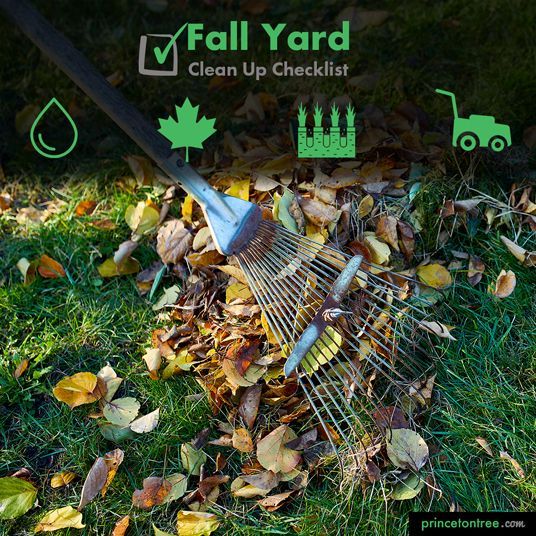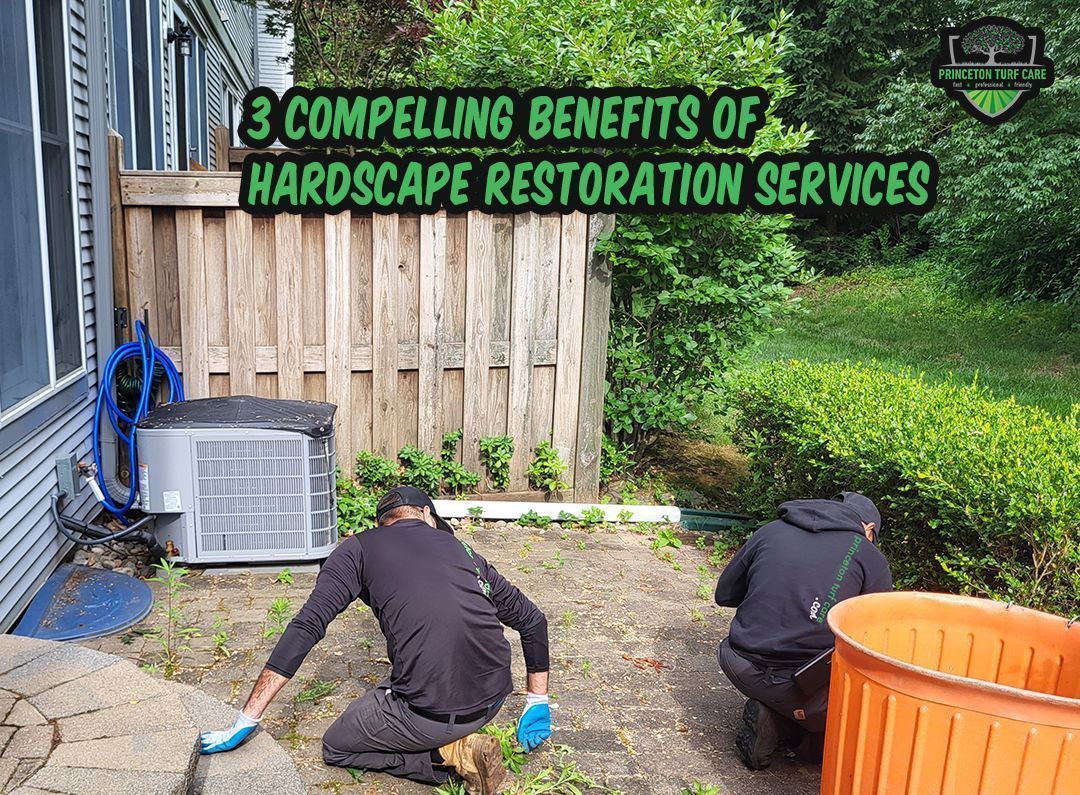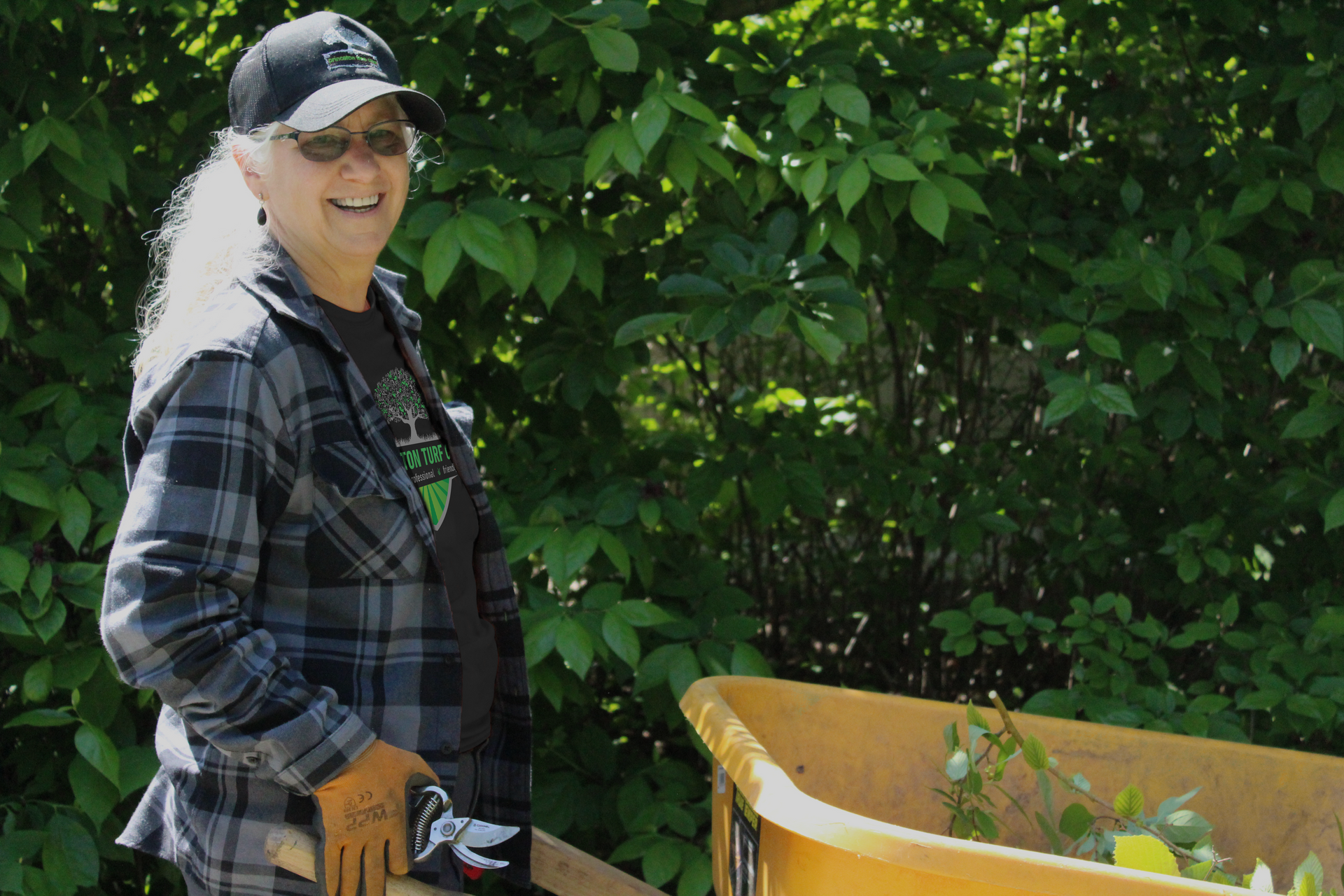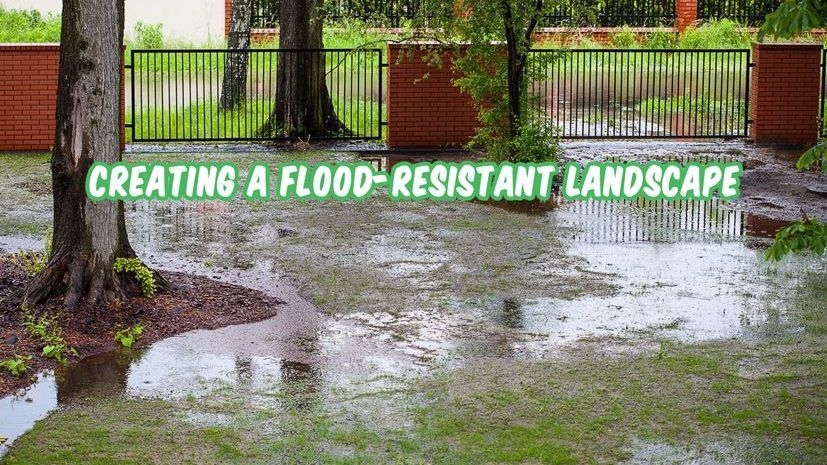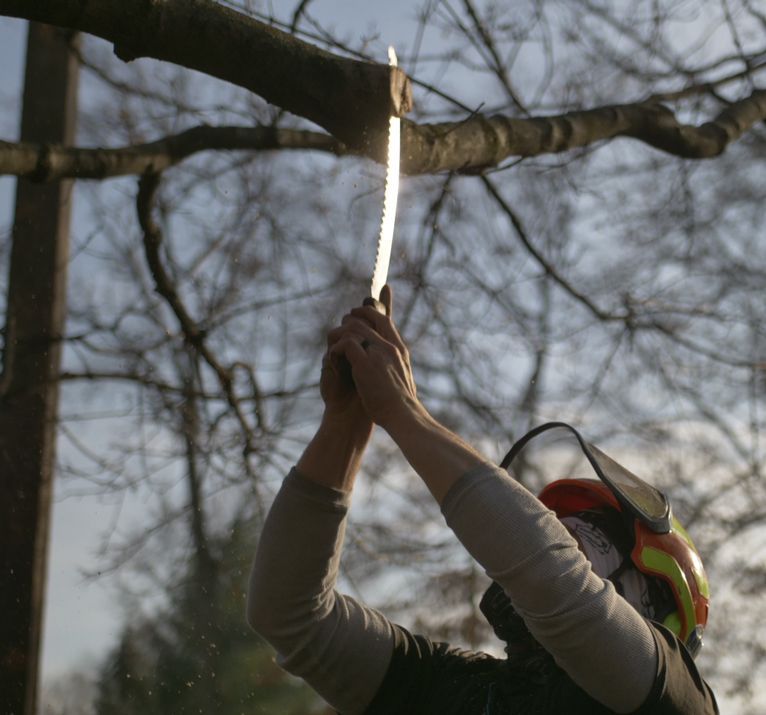Tree Cabling - The Benefits of Synthetic
- By Tim Bruchez
- •
- 24 Feb, 2018
- •
Can Synthetic Cable Stand Up to the Test?

There have been many advancements in the world of arboriculture. One of these advancements is the materials we can use and how we install safety cables. Safety cables are used to help support larger tree limbs and are particularly important on old specimen trees or when there is a clear target below a tree.
In the past, steel cable were most common. Steel cables were wither installed using an eye bolt that is drilled through the tree or with a j-lag that is screwed into the tree. Both of these systems are acceptable practices, however, both required invasive installation. In time, the tree forms around the metal hardware, making it difficult and in some cases impossible to remove or adjust an aging cabling system.
We now have more options when installing a safety and support cable. Arborists can now use synthetic lines. Synthetic cabling utilizes woven synthetic strands that provide just as must structural support as steel. The synthetic line is placed around the tree limbs that are being supported and woven back into itself.
Here are some of the benefits of synthetic cabling systems:
In the past, steel cable were most common. Steel cables were wither installed using an eye bolt that is drilled through the tree or with a j-lag that is screwed into the tree. Both of these systems are acceptable practices, however, both required invasive installation. In time, the tree forms around the metal hardware, making it difficult and in some cases impossible to remove or adjust an aging cabling system.
We now have more options when installing a safety and support cable. Arborists can now use synthetic lines. Synthetic cabling utilizes woven synthetic strands that provide just as must structural support as steel. The synthetic line is placed around the tree limbs that are being supported and woven back into itself.
Here are some of the benefits of synthetic cabling systems:
- Just as strong as steel cabling
- Minimally invasive to the tree
- Being less rigid then steel, synthetic allows the tree to move and grow more naturally
- Easier to adjust then steel
- Often less labor intensive to install
Tree Support Systems - Steel vs Synthetic Cable
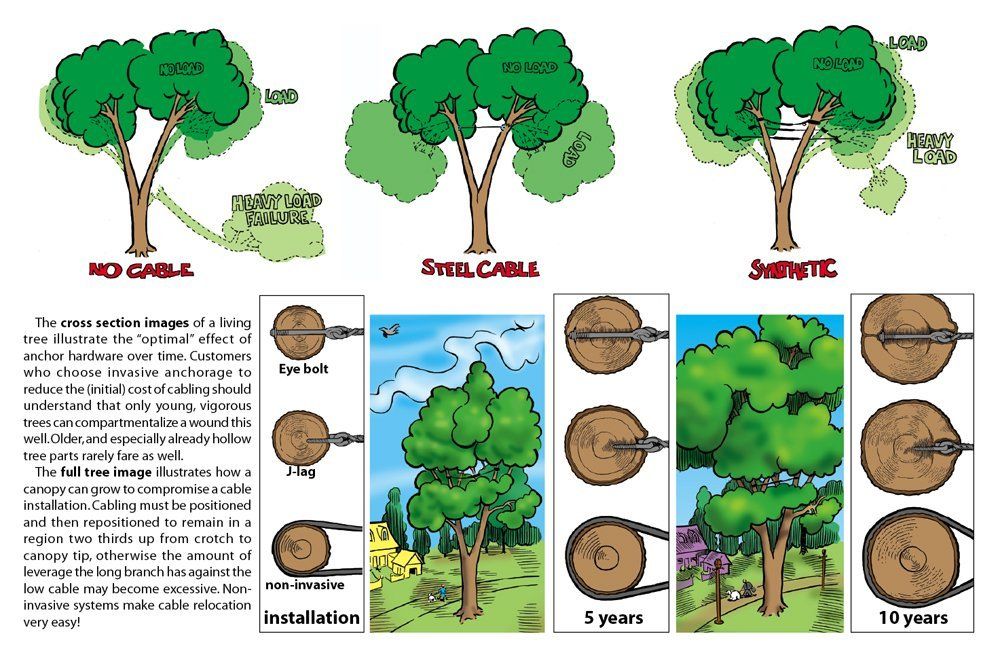
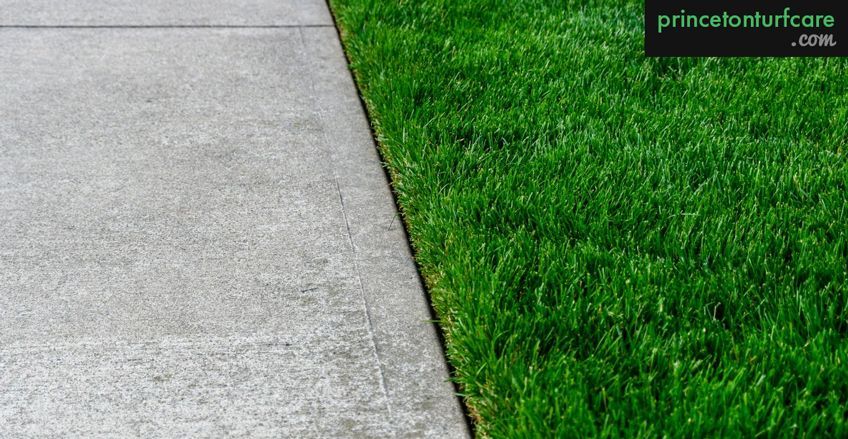
Edge trimming is a crucial step in maintaining a polished and well-manicured landscape. It involves creating clean, defined lines along the edges of your lawn, flower beds, walkways, and other landscaping features. In this blog post, we'll explore the importance of edge trimming and share valuable tips to help you achieve a professional-looking finish for your outdoor space.

